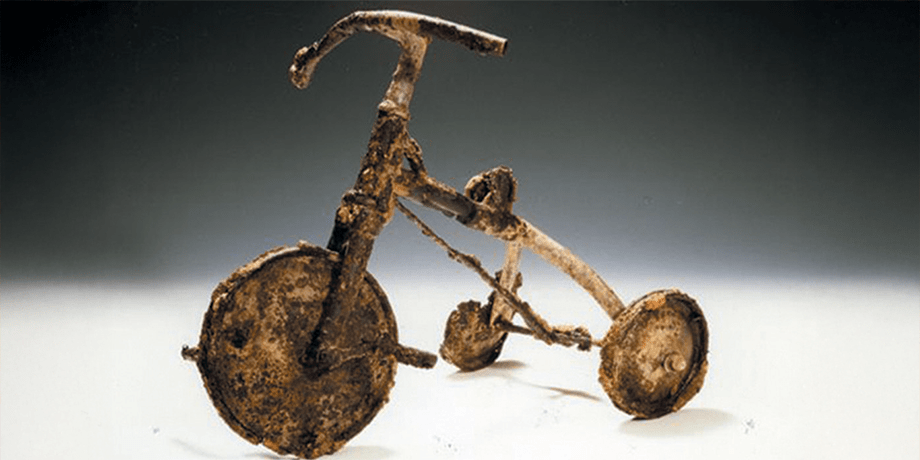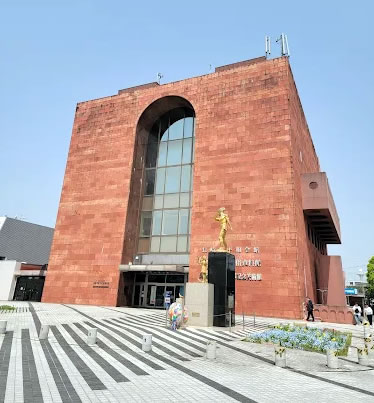
It has been 80 years since two atomic bombs were detonated, one over Hiroshima and one over Nagasaki, Japan. On August 6, 1945, at 8:15 AM, the first of these explosions occurred and an estimated 69,000 people died. Then, on August 9, at 11:02 AM the second explosion over Nagasaki killed 39,000 people.
At the epi-center, in 3000C-degree heat, human beings were incinerated alive. Of course, dying of burns is an excruciating way to die.

I came to Japan as a Columban priest-missionary in 1956, 69 years ago. I met A-bomb survivors, some of them suffering from radiation sickness. Their faces had an unhealthy yellow tinge. Some spoke of the guilt they still felt more than a decade after the war ended, for not answering the desperate cries for water of the more seriously wounded and dying.
I was asked by a survivor to offer Mass for some of his family members who died as a result of the bombing. At the prayer of the faithful, he read out the names of nineteen relatives. An estimated 10,000 Catholics died in Nagasaki. The city has been the center of the old Christians since St. Francis Xavier’s time.
In recent decades, Japan has joined the prosperous countries of the world. And most people, Japanese included, have forgotten the desperate post-war conditions in the country. When I first came to Japan, the people were still much affected by the trauma of war and the death, destruction and poverty that had come in its wake. Poverty was prevalent, especially outside the big cities. In my first mission assignment, as an assistant pastor, in Chiba prefecture, each Friday I would distribute food and clothing to the very poor. There were seven tuberculosis sanitariums in the area. Limbless former soldiers, dressed in white, begged for help outside the railway stations.
I went to Nagasaki and visited the Atomic Bomb Memorial Museum. The photos of burned victims were horrendous, of course. But what really touched me was a small child’s tricycle, burnt and twisted. It personalized the destructiveness and lethality of ONE bomb. I left the museum sickened and indeed angry. In that turbulent mood, I walked a short distance to a small wooden hut. For three years after the war, Dr. Takashi Paul Nagai lived there with his two children. He later became bedridden with radiation sickness affecting his liver. From that tiny wooden hut Dr. Nagai campaigned for peace and reconciliation, not recrimination. Behind the Nagai’s hut there is now a small, tasteful museum. Dr. Nagai’s son Makoto, guided me through the exhibits.
In the Bomb Museum, it was that tricycle that touched me; here it was a tiny melted pile that had been a rosary. This rosary had so often been in the hands of Dr. Nagai’s beloved wife, Midori. She had been killed instantly in the atomic blast. Accompanying this exhibit was a poignant sketch by Dr. Nagai himself, showing his wife going to heaven on a mushroom-shaped atomic cloud. By the time I left that small museum, my anger had been replaced by hope. Thanks to Dr. Nagai, I felt and still feel motivated to be an instrument of Christ’s peace.
All these years later, the number of atomic bomb survivors (hibakusha in Japanese) has dwindled to only a few. But these few have continued to raise their voices and were awarded the Nobel Peace Prize for 2024.
In the interviews afterward, the survivor representatives emphasized that a nuclear bomb is radically different from a conventional bomb. Just one nuclear bomb kills a massive number of people indiscriminately. There is no distinction made between military targets and civilians. The International Peace Research Institute of Stockholm estimates that the nine nuclear-armed nations possess 12,121 nuclear weapons among them.
The prayerful plea of Doctor Nagai was: “May there be peace! Let Nagasaki be the last atomic bomb.”
Columban Father Barry Cairns is a New Zealander who is living in Japan and continuing his mission there. He says he is more effective as a missionary now than in his younger days. With St. Paul he says, ”when I am weak, then I am strong.” Columban Fr. John Burger lives and works in the U.S.